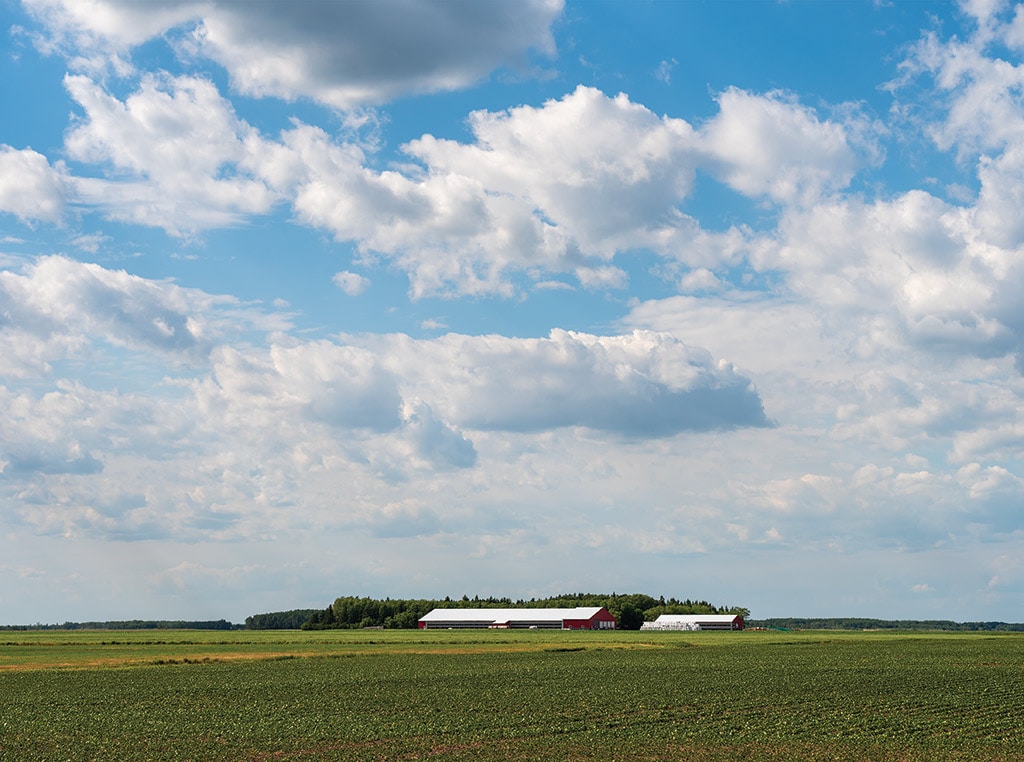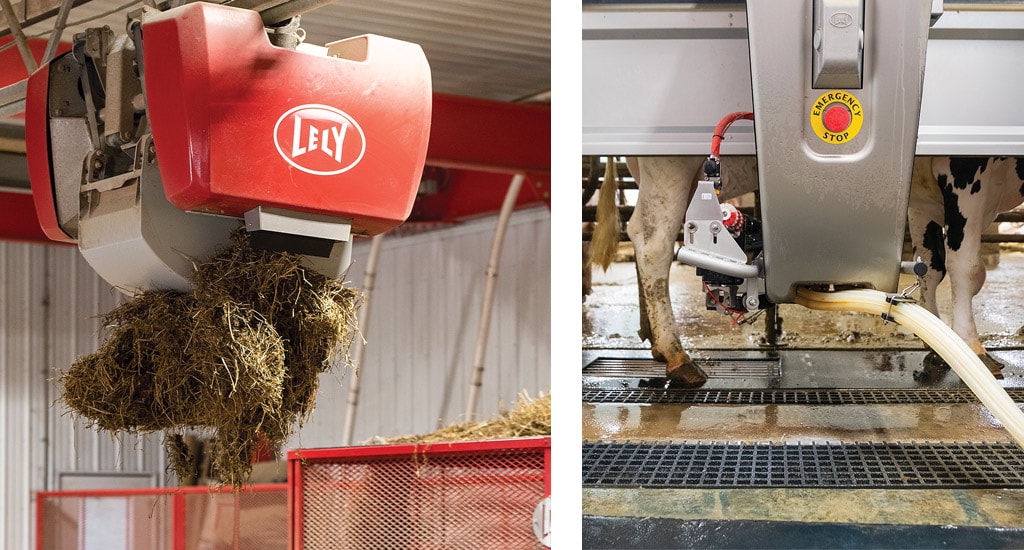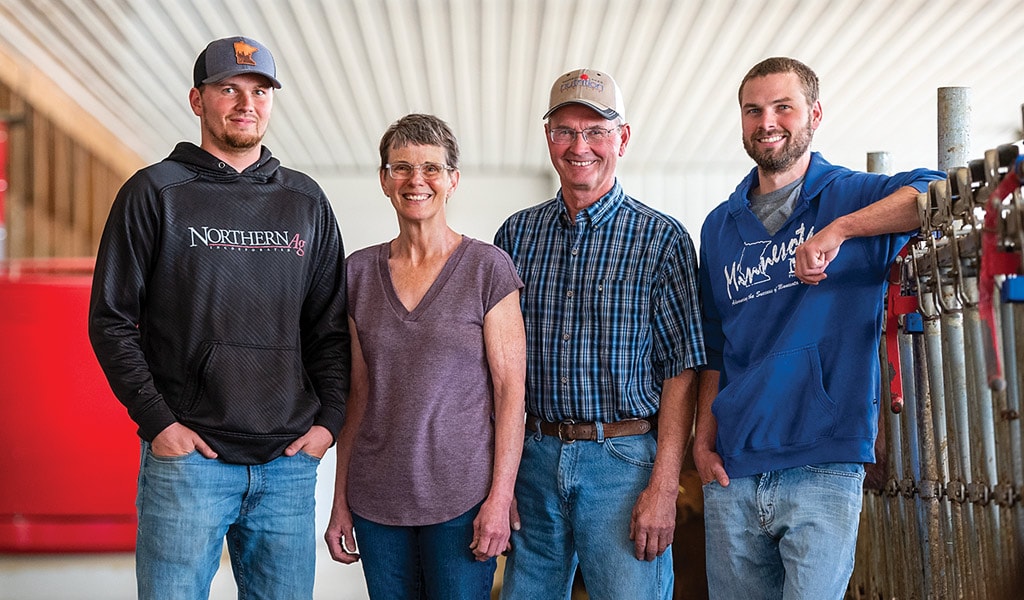Agriculture, Education November 01, 2021
Playing The Long Game
Family strategically expands farm to balance industry challenges.
Two counties south of the Minnesota-Canada border and just east of the Red River Valley, the Hanson family runs one of the last dairies on what they call the last frontier. And they plan to do so for a long time, despite geographic and demographic challenges.
Mike Hanson’s Norwegian grandfather homesteaded near Goodridge, Minn., in 1904. Some eighty years later, Mike and his new wife Linda started milking cows alongside his parents in their small, tie-stall barn. A few years later, the young couple drew up blueprints for their own barn. “We are always in expansion mode,” Mike explains.
Linda, who also grew up with dairy, says it a little differently, “We’re just another family trying to move ahead another generation.”
As luck would have it, the neighbor was ready to sell at the same time they were ready to build.
“He had a quarter section of land and a newer house, shop, and barn,” Mike says. “Buying that worked out to be a nice next step and a good business decision.”
As their herd grew, so did their affinity for the cows. In addition to marketing their milk through Land O’Lakes, Hansons also exhibit Ayrshires at national shows and sell genetics.
This love for cows kept them in expansion mode—or succession mode, as Linda puts it—after many neighbors hung up their milkers for good because of processing and labor limitations.
How to grow. By the time their three sons entered college and showed desire to farm, they had maxed out their bigger—but still small—tie-stall barn and farmed a couple thousand acres of small grain and forage crops.
Land value around the Hansons’ dairy farm, named Good-Vue, is mere pennies on the dollar compared to that of the Red River Valley and southern Minnesota, but the price and competition have still risen steeply in the century the Hansons have farmed in Pennington and Marshall Counties.
They decided investing significantly in new, bigger dairy facilities was better than increasing their crop land at the time.
“We knew we could build a new dairy without anybody competing against us,” Mike says. “Arguably, there’s competition in the world dairy market, but the neighbor isn’t competing with us to build a barn on this piece of land.”
In 2016, the Hansons built a 120-cow freestall barn next to one of their farmsteads. Luckily again, their timing was perfect. They almost did not have a market for their additional milk. Land O’Lakes limited the amount of milk it would buy from each co-op member farm in order to help control the overall milk supply, just as Hansons started building.
“We had the shell of the barn up when they put the basis in,” Linda recalls. “Thankfully they grandfathered in our new capacity, or we would have been in trouble trying to pay for a new barn with only 50 cows.”
How to operate. Upgrading to a more modern barn and doubling their herd size when their sons returned from college pencils out in the long run for the Hansons because of labor. They installed three robots so they can run the new facility largely without hired help.
Hiring farm labor is a challenge everywhere but is exceptionally hard to find in their area. There are no workers to hire despite the region’s population increasing.
That is mainly because companies like Digi-Key in nearby Thief River Falls (pop. 9,000) alone hires more than 4,000 people.
Two of the robots the Hansons installed are Lely automatic milkers. The herd took to them as expected, and each cow is now on her own milking schedule, enticed by extra feed given only by the robot. The machines also help the family monitor each cow for abnormalities.
Their third robot was a first for any U.S. dairy herd—a Lely Vector automatic feeding system. From the attached “kitchen” at the end of the barn, a hydraulic claw automatically fills the self-propelled feed wagon with the prescribed ration and delivers it to the feed bunk. The Hansons simply keep the “kitchen” stocked with silage and other feed ingredients.
“We are still putting in the same amount of time as in the old barn that had fewer cows, but the workload changed with the robots,” says Linda, who takes care of the calves now. “They alleviate the physical side of getting under each cow, but we still have to clean the pens and such.”
As Mike and Linda transition more responsibilities and eventually retire, the sons (David, Matthew, and Steven) plan to double the barn and add more land as it is available. ‡
Read More
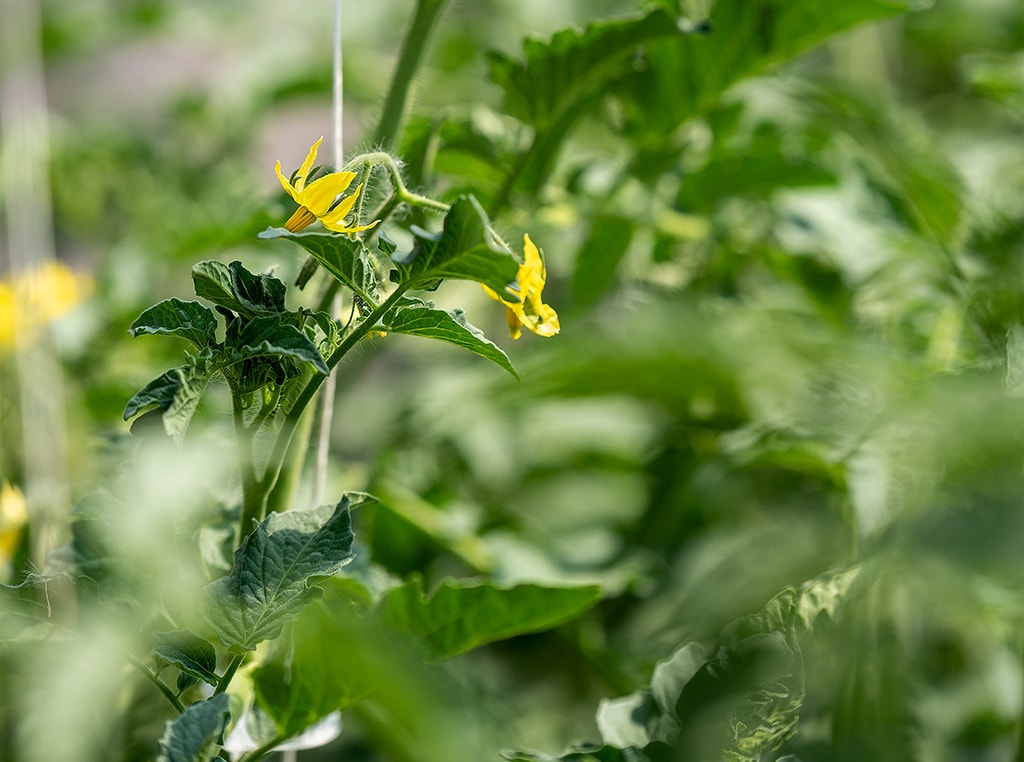
AGRICULTURE, SPECIALTY/NICHE
Renewed Roots
Northern Minnesota beef and grain farmer renews passion through produce.
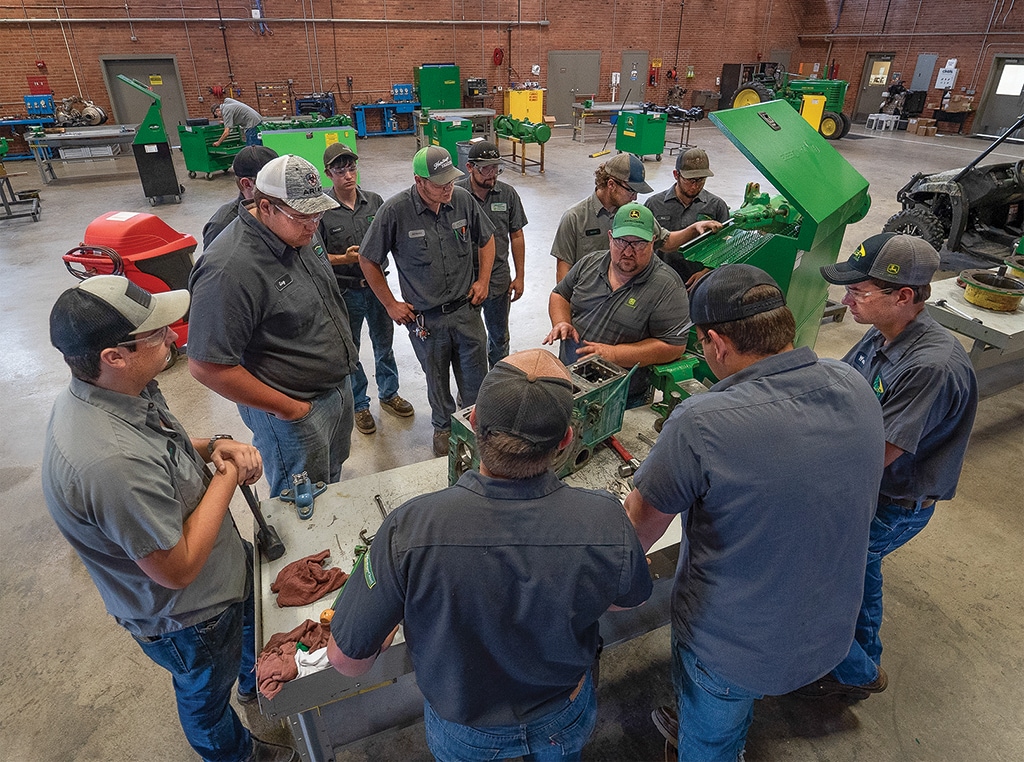
AGRICULTURE, EDUCATION
Tech@Work: JD TECH Program
John Deere TECH program is not your average technical school.

